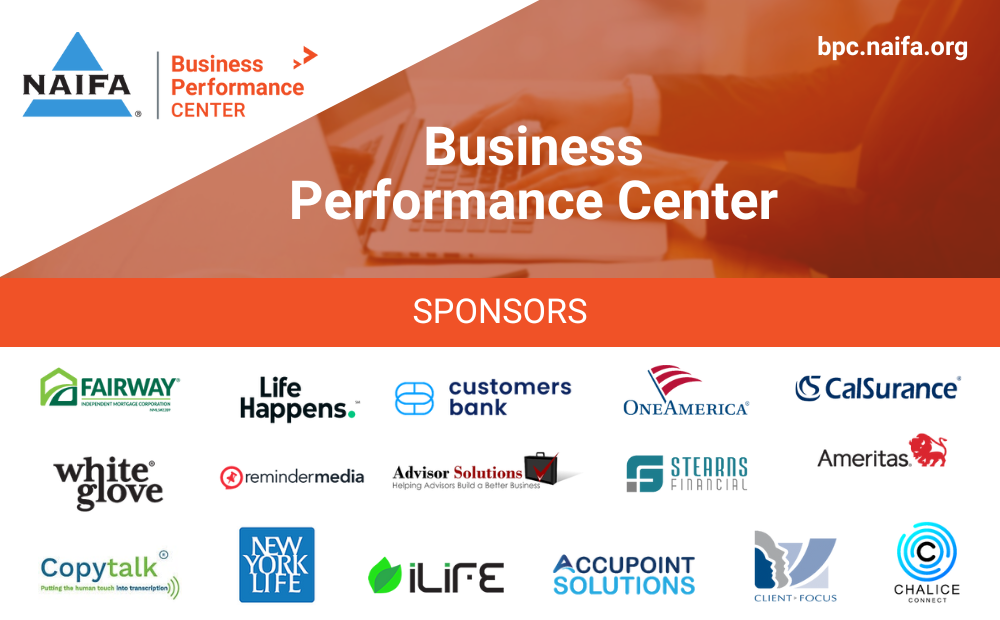This might be jarring for some readers. 10% will get it, and 1% will do something about it. Those who do will still compete for sales but not revenue, profit, or market share. We’re talking massive advantage.
“Insurance Agency” is not a business model. It’s a business. And that matters WAY MORE than you think.
Yes, you have an agency contract. And yes, you sell insurance products. And you associate with many professionals doing the same thing. So you might think it’s a unique business with its own growth levers.
It’s not.
But that misnomer is enough to keep insurance agents focused on “what everyone else is doing” and looking for some tactical advantage. That leads to endless, superficial tweaks to an otherwise static business that never seems to evolve.
That’s what the industry looks like from the outside looking in: thousands of businesses that look almost indistinguishable from each other, competing on the smallest of distinctions but no real differentiation.
If you can get out of the agency headspace for a moment and consider your business model, you’ll find out that all the hard thinking has already been done, and the levers of growth are well-defined, just waiting for you to pull them.
So What Is Your Business Model?
From a revenue operations perspective, you look most like a subscription service.
To understand what that means, consider a well-known subscription service: Netflix.
How does Netflix make its money? Easy. Two axes define it:
X-Axis: How many months do customers pay for.
Y-Axis: How much do customers pay each month.
Here’s an example of how to think about this:
Suppose I sign up for Netflix basic today for $10 per month. Netflix does NOT high-five itself for making a $10 sale. Instead, they start figuring out two things:
-
how to upgrade me to a $15 or $20 package
-
how to keep me watching so I don’t leave
(They also think about how to get me back if I leave.)
Of course, they want to keep acquiring new customers (market share) but not to replace old customers. They want to get them and keep them.
It’s how they make most of their profit.
How An Insurance Agency Mirrors Netflix
Easy. You make residual commissions.
You make the same annual commissions from an old customer as a new one but at a way lower cost.
For example:
Suppose you divide your sales and marketing costs from last year by all of the new customers you gained. That’s your Customer Acquisition Cost (CAC). Let’s say it’s $250.
Then say the average annual premium from those customers is $2000, and you earn a 10% commission. That’s $200 in commissions.
Ok, then your payback period is 15 months. You start making money in month 16 on average.
Keeping the customer for 2 years will make $400 in commissions minus your $250 CAC. That’s a profit of $150 and an ROI of 60%.
Keep that customer for 3 years and it’s $600, less your $250 CAC, which leaves you $350. ROI = 140%.
5 years = $1000 – $250 = $750 = 300% ROI.
10 years = $2000 – $250 = $1750 = 700% ROI.
You get the idea. Recall that your X-AXIS is how many years your customer pays for.
But there’s also your Y-AXIS: How much they pay you each year. If you can help them meet more of their insurance needs, the portfolio increases in value.
Your revenue grows along both axes. That’s how you maximize profit growth. (It’s also how you maximize other things, such as customer loyalty, referral business, job satisfaction, etc.)
What Are Your Levers?
This whole discussion would be academic, except that subscription services have well-known levers you can pull to optimize profit growth. Your competitors almost certainly are not managing these metrics, giving you a massive opportunity to outperform them.
CAC (Customer Acquisition Cost)
The goal with CAC is not to minimize it. It’s to optimize it. Maybe you should spend less, and maybe you should spend more to make a lot more. But you have to look at CAC as a percentage of revenue. Most agents have no idea what their CAC is. Once you do, you’ll have a huge advantage.
ARR (Annually Recurring Revenue)
This needs to be maximized. There are three key ways:
-
How many customers are paying you (sales and retention)?
-
How much do they pay you per year (portfolio expansion)?
-
How long do they pay you (retention)?
ICP (Ideal Customer Profile)
You’ll need to know what kinds of customers maximize your ARR. That allows you to do several things:
-
Create micro-strategies for acquiring and retaining them.
-
Hire talent that is best suited for them.
-
Generate referrals from them.
CLV (Customer Lifetime Value)
This is the roll-up metric that matters most. It’s ARR * average retention years * Net Margin. In other words, how much are you putting in your pocket over time?
Too many agents celebrate sales volume and up-front commissions without considering how much total money they’ve put into their pipeline. And they use revenue, rather than profit, to calculate it.
They end up cash-flowing their business rather than growing it strategically.
NPS (Net Promoter Score)
You’ll want to Google this. It answers a straightforward question: how likely are my customers to refer others to me? Great shorthand for increasing CLV and reducing CAC.
Conclusion
Without these metrics, agents are confined to asking their peers about “what word track you’re using” or “Where are you sourcing your leads from.” These are tactical questions that will never fundamentally move the needle.
But by understanding your business model, you can start to pull the levers that will help you reimagine your business and start to grow strategically.
This article content comes from BPC partner Client Focus. To read the original article, visit their website.











